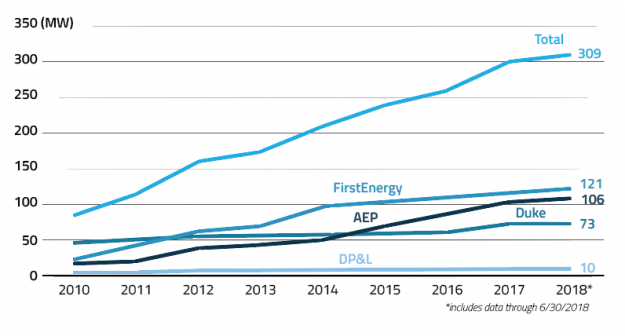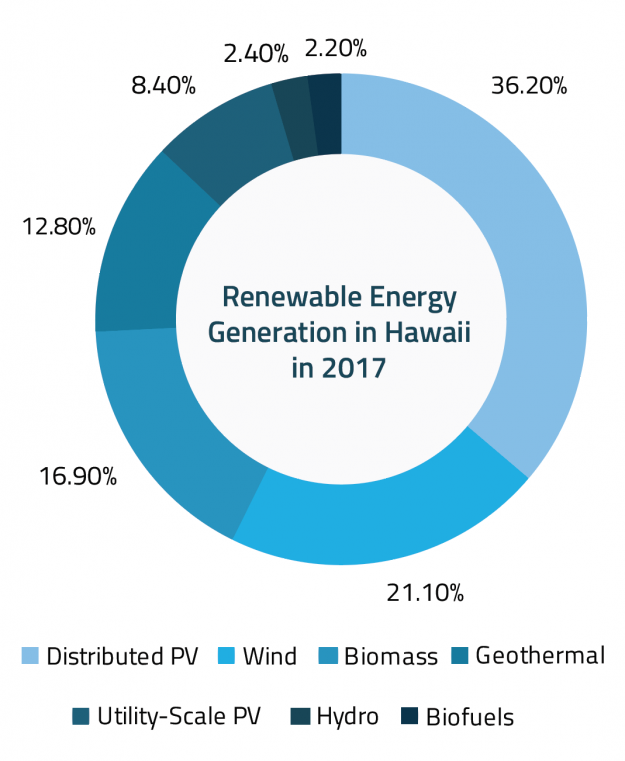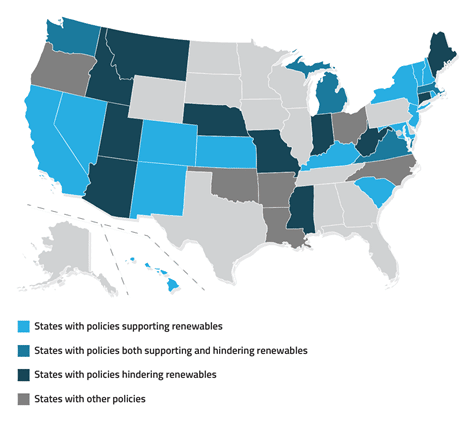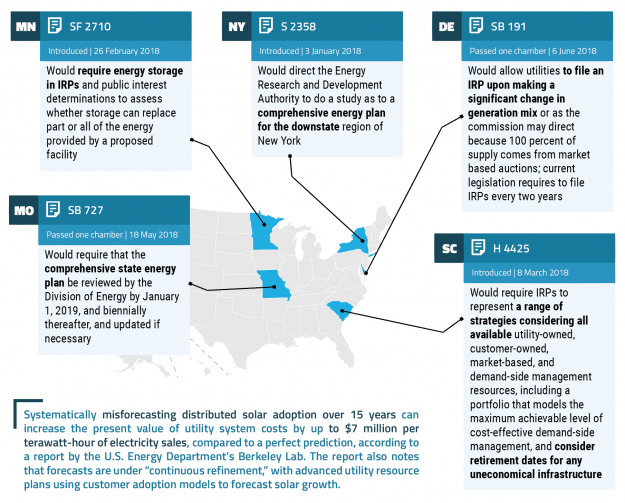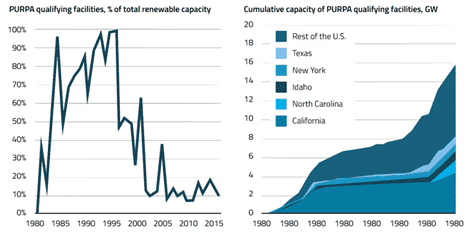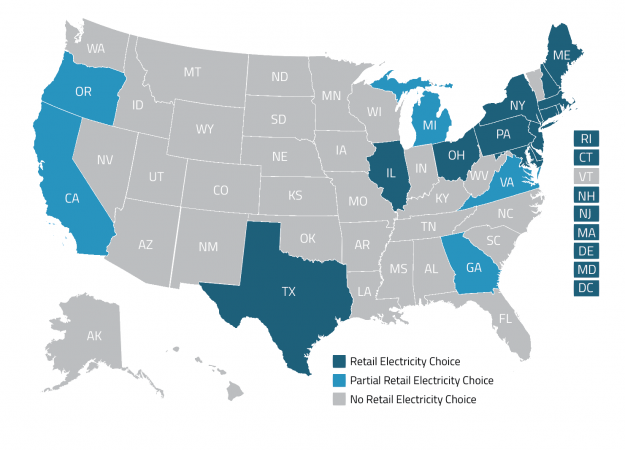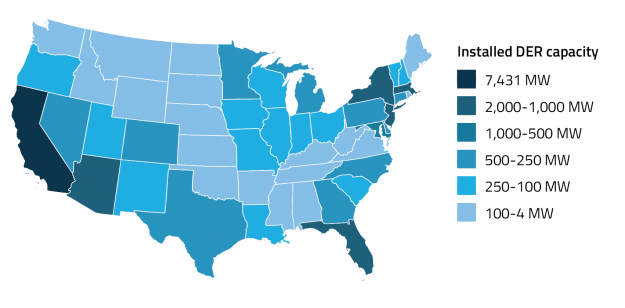EnerKnol’s Visual Primer – Ohio Seeks to Modernize Grid via Electric Vehicles, Non-wires Alternatives, and Data Accessibility
The Public Utilities Commission of Ohio established the PowerForward Collaborative, a utility workgroup charged with monitoring the marketplace to propel the state along its roadmap of grid modernization. The collaborative will examine issues related to electric vehicles and deployment of non-wires alternatives. In addition, its two workgroups will consider integrated distribution planning and data access issues associated with grid modernization. The PowerForward roadmap aims to create a regulatory paradigm that will allow innovation to reach all customers. The plan envisions the modern grid as an open-access platform that helps applications interface seamlessly as they evolve and a marketplace that advances organically, allowing customers to buy innovative products and services from entities of their choice.
